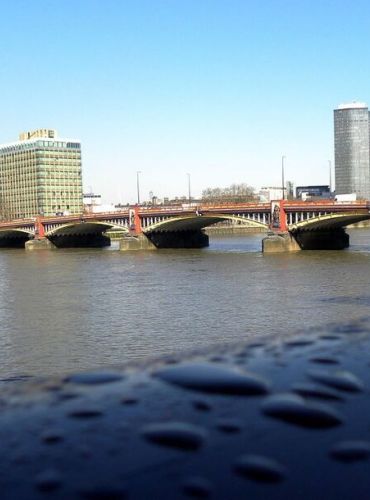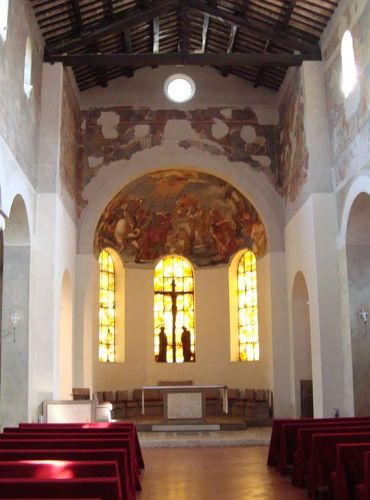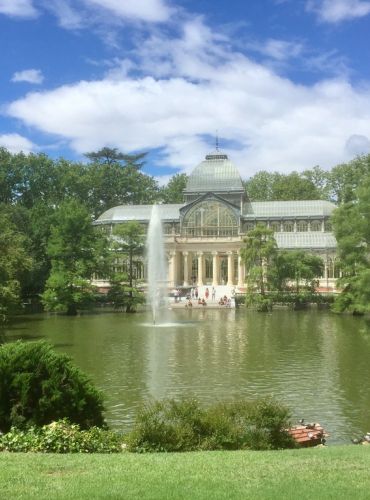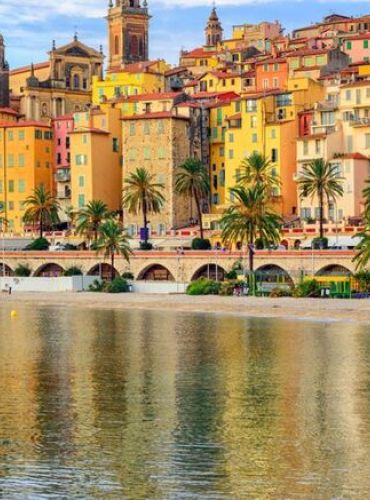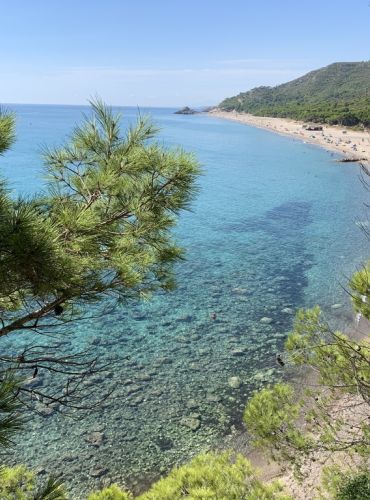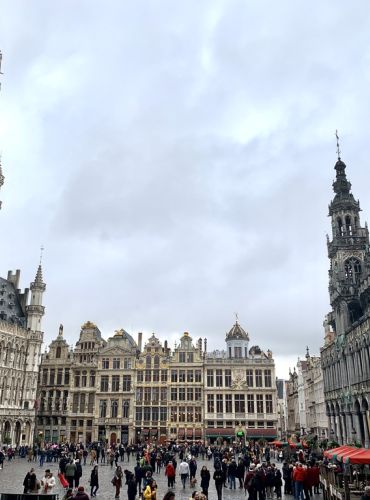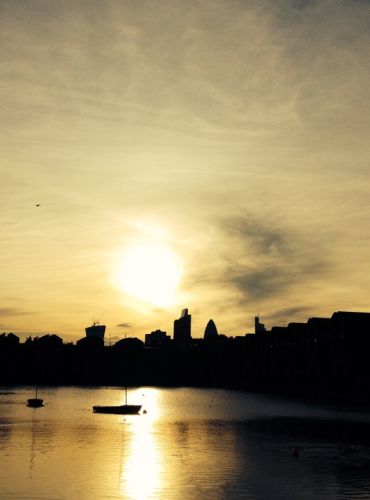The Eixample: Barcelona's golden district

Giorgio Petti
11 June 2023
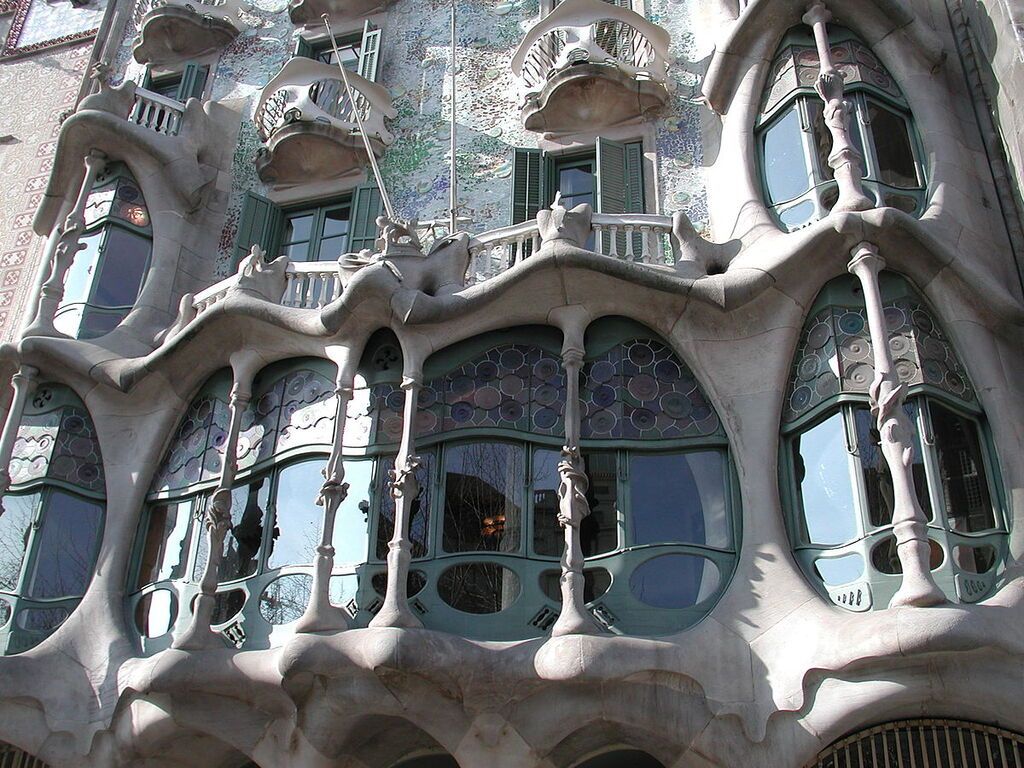
The Eixample is the most emblematic district in Barcelona. Many visitors are familiar with its iconic Modernista buildings, such as the Sagrada Familia, they shop in its upmarket streets, dine in the amazing variety of restaurants or sleep in the many hotels located in the area. Moreover, LGBT visitors know the Eixample neighbourhood as it is where most of the gay scene is located today.
It is actually a very large neighbourhood, home to almost 300,000 residents, which the locals divide in five very distinct areas.
- The Left Eixample (Esquerra de l'Eixample), further divided in Old and New (Antiga e Nova)
- The Right Eixample (Dreta de l'Eixample)
- El Fort Pienç
- Sagrada Familia
- Sant Antoni
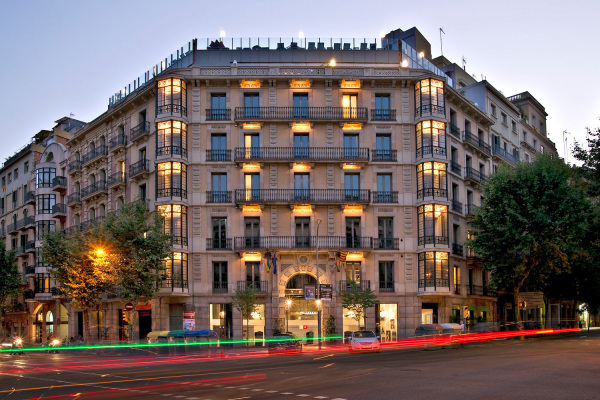
Axel Hotel
Home to the LGBT community
It is in the Left Eixample that we find most of the LGBT scene. Commonly dubbed 'Gaixample', the section bordered by the Carrer Aragó to the North, the Gran Via to the South and between the Carrer Balmes and Urgell to the East and West respectively, form the 'Golden Square', where you will find an amazing number of gay bars and venues. It is also called home by a very large portion of the LGBT community in Barcelona, who reside right here. It is this hectic mix of trendy bars, hotels (like the Axel and Axel Two), restaurants and shops that makes this area so vibrant: in fact in 2020 the neighbourhood was named by Time Out International, the coolest district in the world.
One of the most striking attributes of the Eixample is the long straight streets, based on a strict grid pattern, wide avenues and square blocks (illes = islands in Catalan) with chamfered corners. Although the five parts of the neighbourhood were developed in different times, all of them follow exactly the same pattern.
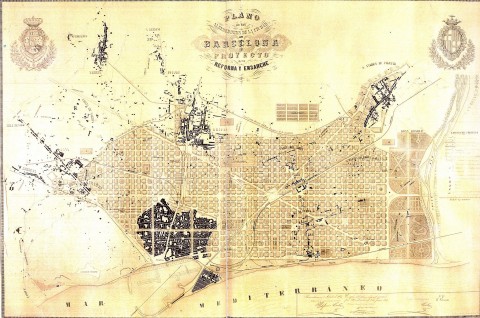
The Plan Cerdá
A fascinating history
The Eixample's history starts less than 200 years ago. In the 1840s Barcelona was a bit of an exception in an otherwise pretty sleepy and backward Spain: the city was growing quite fast because of its port and also because many industries had settled in this corner of the country. Yet its population of almost 200,000 souls lived squeezed within the old city walls - that is basically the Barri Gotic of today - the Gothic Quarter. The majority of the roads here were less than 3 metres wide and so most building sit incredibly close: to anyone who has some familiarity with the city this may seem almost incredible because today this original area is almost dwarfed by the city sprawl. But this was the Barcelona of those years: an overcrowded, insalubrious city where life expectancy was well below 30 years of age for most people. In those cramped conditions diseases and epidemics were frequent and devastating.
The situation became so untenable that the authorities decided to do something about it. Therefore, in 1844 the first act was to tear down the old walls that girdled the city. We may think of that as a big loss today, but the effect was to open up the city, making it breathe again.
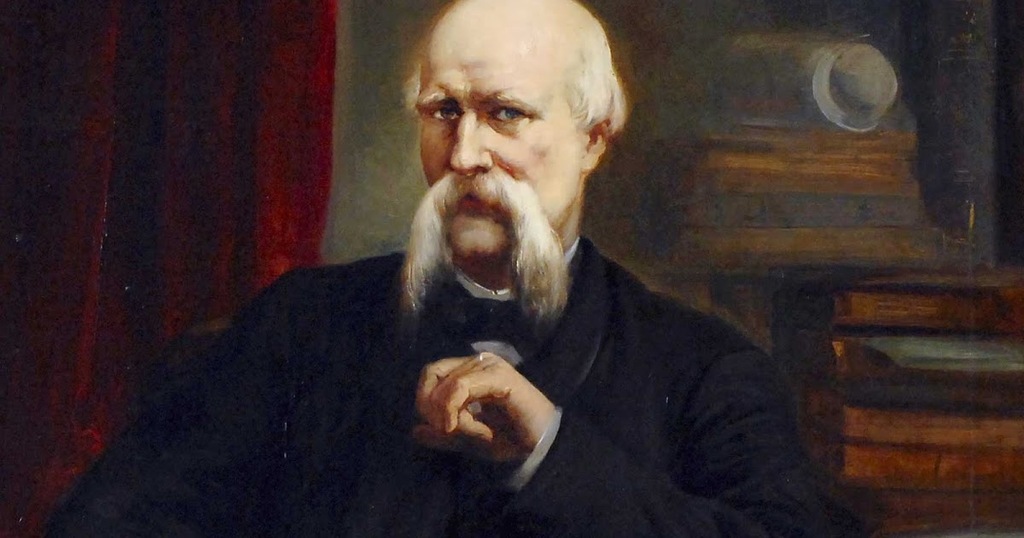
Ildefons Cerdà
The task of designing the future for the city was assigned to a little known Catalan engineer, Ildefons Cerdà. What Cerdà did was pretty amazing: he effectively invented what we call 'urbanisation' - in fact he himself used the term for the first time in 1867. He studied meticulously the population of the city, its habits, its professions, its needs in terms of schools, hospitals and services. And so the Eixample (which means 'Expansion') was created, just north of the old city. Cerdà's design, the regularity and symmetry of his plan is a testimony of his desire for equality and fairness.
As in many other instances in more recent times, Cerdà wasn't just designing a city, he was actually implementing a social and political vision - the creation of a metropolis created for the benefit of its inhabitants and where the inevitable gap between rich and poor is mitigated by the design of the city itself. But Cerdà was also anticipating the future - the trademark chamfered corners of the Eixample were devised to improve traffic and visibility, because he believed that soon (steam-operated) machines would have replaced horses and carts.
Not everyone at the time was enthusiastic with Cerdà's plans - many other architects contested the fact that the new Barcelona would have looked too similar to any north-American city. And yet many others flocked to the new Eixample - with more space available to build and a much more salubrious environment to look forward to. Towards the late 1800s and the early 1900s with the explosion of Modernism, rich people flocked here to build their beautiful mansions, in fact competing in creating the most ornate and gorgeous residences, many of them still standing today and being such a trademark of Barcelona. However, this did not change the basic idea of Ildefons Cerdà: that rich and poor would live side by side, using the same services, the same roads and the same facilities.
Today Barcelona is rightly celebrated as a true urban success, validated by the many improvements that the city received ahead of the 1992 Olympics - some of them still praised to this day as examples of urbanism that goes beyond the short-term practicalities of organising a sporting event. But some of the credit for the success of the Catalan capital must be given to Cerdà and his visionary plan. He turned Barcelona from a cramped and insalubrious city to a stunning, beautiful and modern metropolis, as we see it today.

Versailles Bar
